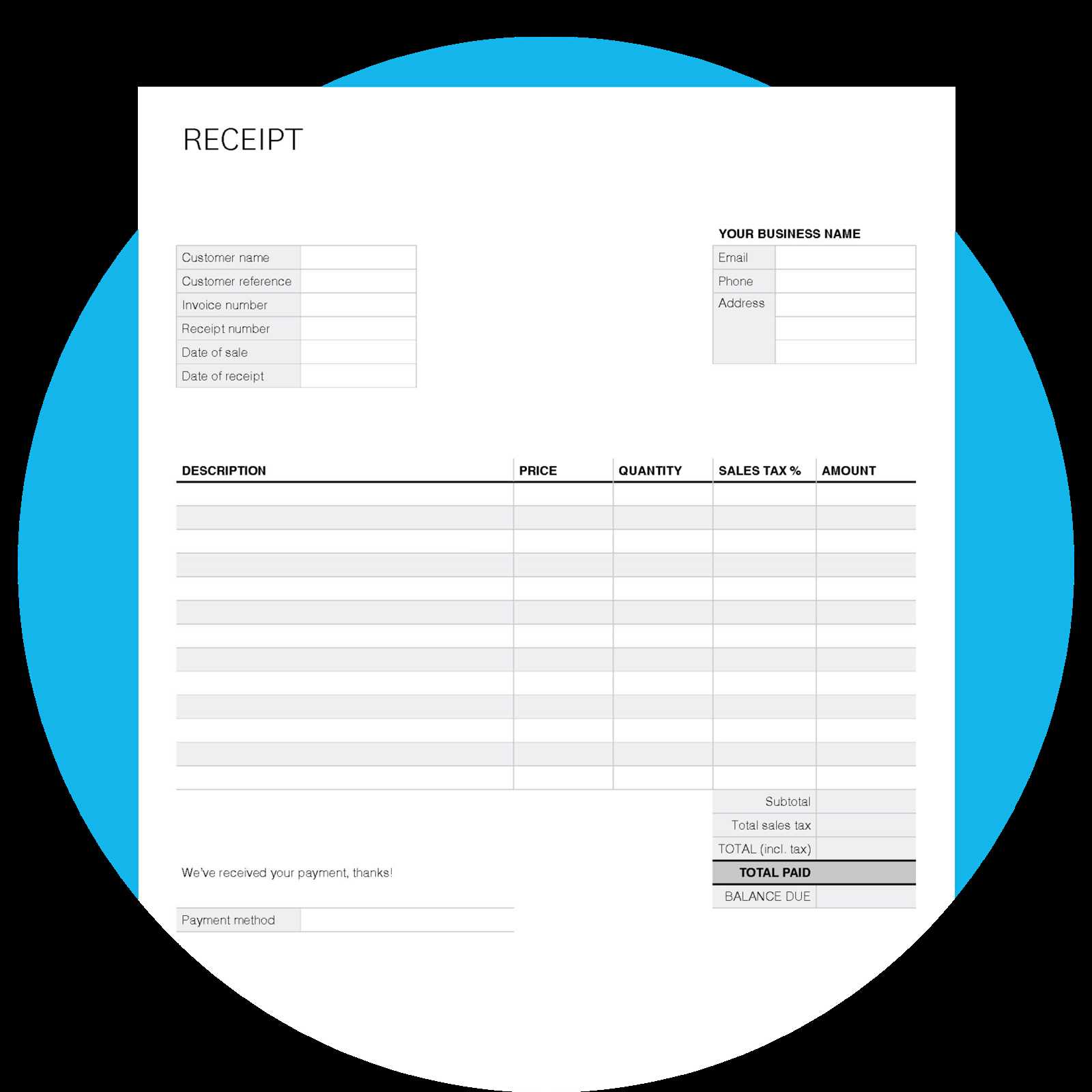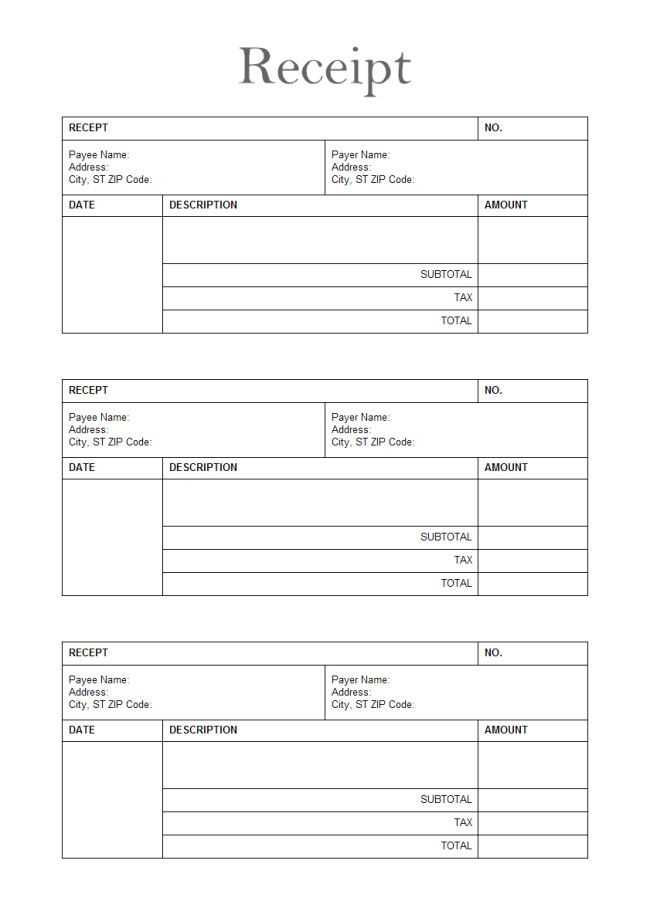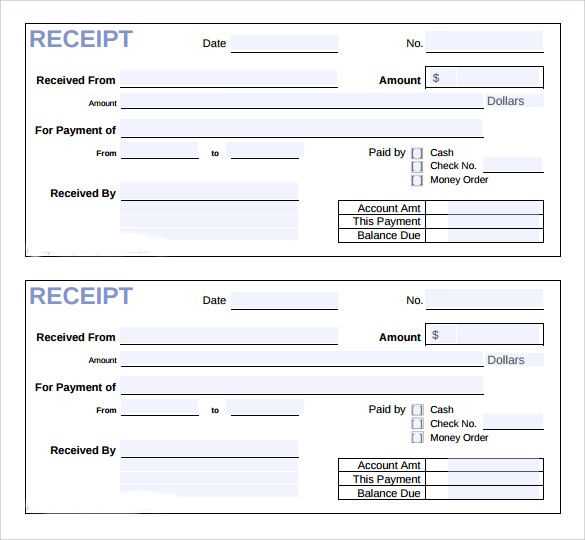
A well-structured treatment receipt simplifies record-keeping and ensures transparency between healthcare providers and patients. Whether you run a clinic, a therapy center, or provide alternative medicine services, a detailed receipt confirms payment and outlines the services rendered.
Key details to include: the provider’s name and contact information, patient details, treatment description, date of service, payment method, and total cost. Adding a unique receipt number improves tracking, while optional details like tax breakdowns and insurance information enhance clarity.
Using a template saves time and ensures consistency. A structured format reduces errors and makes it easier for both providers and patients to reference past transactions. Digital templates allow for quick customization, while printable versions maintain a professional appearance for in-person visits.
Treatment Receipt Template
A well-structured treatment receipt ensures clear documentation of medical expenses and simplifies insurance claims. Use a template that includes all necessary details to avoid disputes and streamline record-keeping.
Key Information to Include

- Provider Details: Name, address, contact information, and tax identification number.
- Patient Information: Full name and relevant patient ID, if applicable.
- Date of Service: Clearly state when the treatment was provided.
- Description of Services: Specify treatments or procedures performed.
- Costs and Payment Breakdown: Include itemized charges, total amount, insurance coverage (if applicable), and any outstanding balance.
- Payment Method: Indicate whether payment was made by cash, card, check, or insurance.
- Authorized Signature: Signature of the provider or an official representative for verification.
Why a Standardized Format Matters

Using a structured template improves transparency and prevents errors. A uniform format helps patients, insurers, and medical offices quickly verify charges and process reimbursements efficiently.
For added convenience, consider digital templates with auto-fill features and QR codes for easy access to billing records.
Key Elements to Include in a Treatment Receipt
A treatment receipt must clearly list the patient’s name, date of service, and provider details, including name, address, and contact information. Accuracy in these details helps with insurance claims and record-keeping.
Include a breakdown of services provided, specifying each procedure or treatment with its corresponding cost. If applicable, note any discounts, co-pays, or insurance adjustments to ensure full transparency.
Provide the total amount paid and the payment method used (cash, card, check, or insurance coverage). If there’s a remaining balance, clearly indicate the due amount and the deadline for payment.
Add a unique receipt number for tracking and future reference. If the patient paid via insurance, include the claim reference or authorization number if available.
A short disclaimer about refund policies or liability limitations can prevent disputes. If necessary, include a signature section for acknowledgment of payment and services received.
Formatting and Layout Guidelines for Clarity
Use clear section headings. Bold and well-structured headings make scanning easier. Keep them concise and descriptive, avoiding vague labels.
Align text for readability. Left-aligned text is the easiest to read, especially for longer descriptions. Avoid justified text, as uneven spacing reduces clarity.
Limit font styles and sizes. Stick to one or two font families. Use a larger size for headings and a standard size for body text to maintain consistency.
Ensure proper spacing. Use ample white space between sections, paragraphs, and elements. Crowded layouts make information harder to digest.
Highlight key details. Use bold for crucial amounts, dates, and instructions. Apply italics for emphasis where necessary, but avoid excessive styling.
Maintain a logical flow. Arrange sections in a natural order, such as patient details first, followed by treatment specifics, cost breakdown, and signatures.
Use tables for structured data. When listing multiple treatments, medications, or costs, a table improves clarity by keeping information organized.
Check alignment and consistency. Ensure all elements are properly aligned. Keep formatting uniform across all receipts to avoid confusion.
Compliance Requirements and Legal Considerations

Ensure accuracy in documentation. Treatment receipts must include the patient’s full name, date of service, detailed description of treatment, provider information, and payment details. Missing or incorrect data can lead to legal disputes and rejected insurance claims.
Follow HIPAA and GDPR regulations. Patient information must remain confidential. Encrypt digital records, limit access to authorized personnel, and include a privacy statement on receipts if they contain sensitive data.
Meet tax reporting obligations. Ensure receipts comply with IRS or local tax authority standards. Clearly separate taxable and non-taxable services, apply correct tax rates, and keep records for the required retention period.
Provide transparency in pricing. List itemized costs, including consultation fees, procedures, and any additional charges. Unexpected fees can lead to disputes and potential legal issues.
Include refund and cancellation policies. If applicable, outline terms for refunds, missed appointments, or service cancellations directly on the receipt. This helps prevent misunderstandings and ensures compliance with consumer protection laws.
Retain records for legal protection. Store receipts securely for the required duration, typically three to seven years, depending on local regulations. Digital backups and organized filing systems reduce the risk of lost records.
Regularly review legal requirements to ensure compliance with updated healthcare, tax, and privacy laws. Non-compliance can lead to penalties, audits, and reputational damage.


